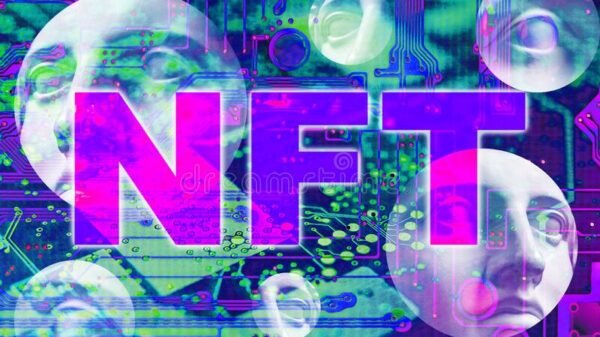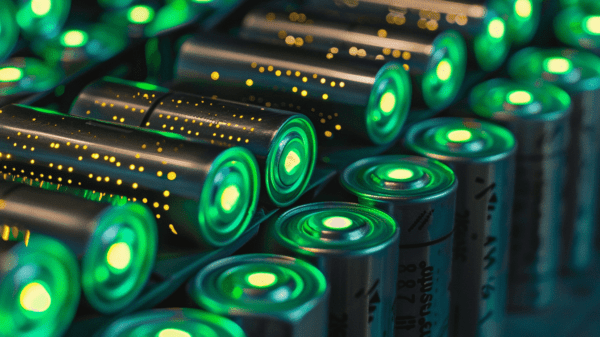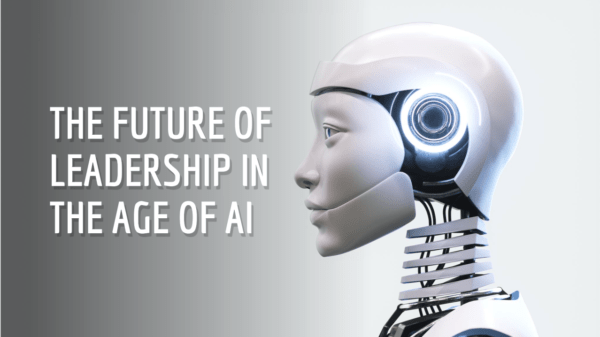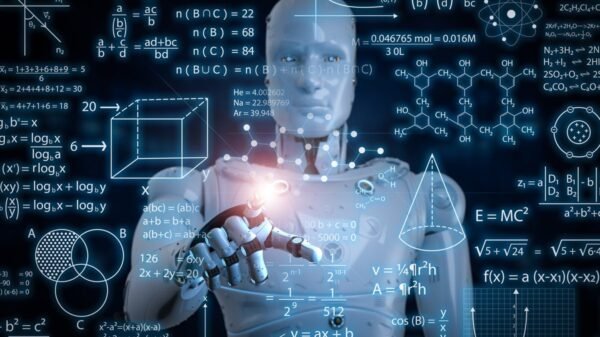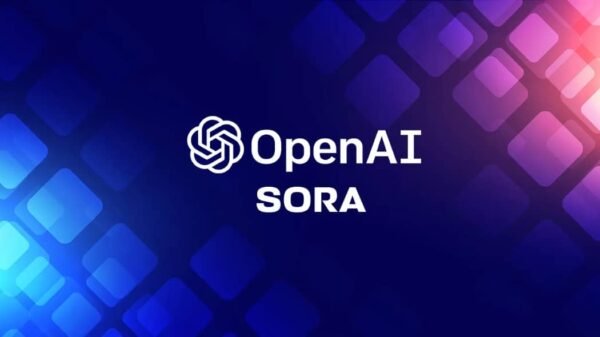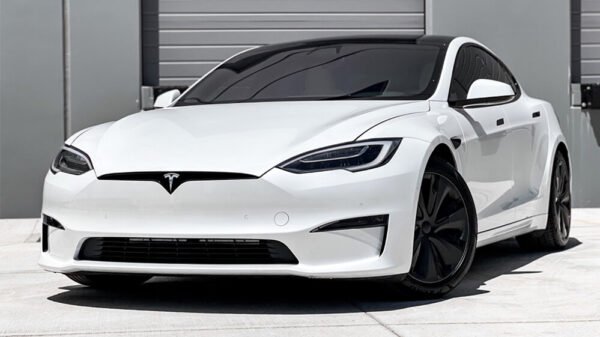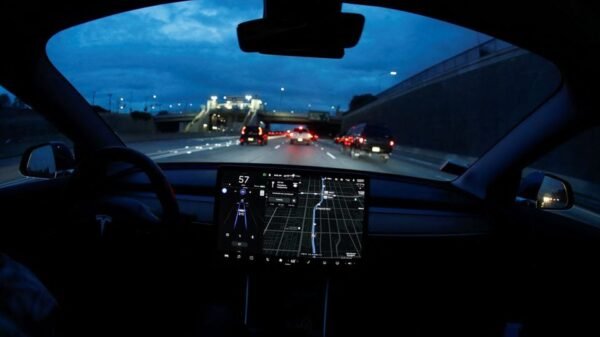PhysicsX emerges from stealth with $32M for AI to power engineering simulations. Artificial intelligence is now experiencing a lot of excitement over generative AI and how AI is being utilized to speed up the development of software and goods for users. Today, an artificial intelligence (AI) firm named PhysicsX is emerging from stealth mode, with a particular emphasis on designing and running physical systems in the corporate sector. Two theoretical physicists, one of whom is a superstar in Formula One engineering, co-founded PhysicsX.
The London-based company PhysicsX has developed an artificial intelligence platform to design and execute simulations for engineers working on projects in the automotive, aerospace, and materials science manufacturing sectors. These fields frequently have bottlenecks in the development process owing to how models are evaluated before production begins. Today, it emerges from stealth mode with 32 million dollars in investment.
General Catalyst is taking the initiative to lead this funding round, which is a Series A. A diverse variety of financial and strategic supporters are also participating in this round of funding. Standard Industries, NGP Energy, Radius Capital, and Henry Kravis, co-founder and co-executive chairman of KKR, are among those companies and individuals. The investment will be put toward the expansion of the company’s operations as well as the continuation of the platform’s development. This is PhysicsX’s very first investment from an external source.
PhysicX is working to solve a problem that has been present in the realms of manufacturing and physical production for quite some time but has been mostly ignored.
In any physical system, whether it is in a research laboratory or a real-world industrial setting, whenever a new idea is introduced—for example, a theory about improving the operating efficiency of a piece of machinery, to say nothing of work on entirely new products—the engineers need to simulate how the new idea will work before committing to developing it and to improve further how it works. This is necessary to ensure the new idea will have the desired effect. Typically, scientists and engineers are the ones responsible for carrying out the simulation and testing work. They may use some AI along the way, but in the end, they figure out the procedure manually.
“Simulating something as simple as airflow across an item can take you an hour or two, while simulating anything far more complicated might take you an entire day or even longer. Therefore, there is a cost in terms of computation, and as a result, there is also a cost in terms of time. In an interview, Robin Tuluie, who, together with Jacomo Corbo, was one of the co-founders of PhysicsX, remarked that this constrains the level of optimization that can be performed.
The two have extensive first-hand experience with the problematic areas.
As a theoretical physicist, Tuluie has already lived two very different lives. As a member of the academic community, he collaborated on astrophysical research with several recipients of the Nobel Prize. After that, he moved into the world of racing, working first for Renault and then for Mercedes in the roles of head of research and development and chief scientist. In these roles, he devised ideas that helped his teams win four Formula One world championships, earning him some notoriety. Additionally, he has years of experience working on automobile design for Bentley and Volkswagen.
Corbo, who received his PhD from Harvard, has previously worked in racing. However, more recently, he developed and led QuantumBlack, the artificial intelligence laboratory at McKinsey, where he collaborated with several Formula One clients and other automotive and industrial customers to solve complex product engineering challenges.
According to Corbo, the two individuals have assembled a group of no fewer than fifty scientists, including other mechanical engineering professionals, physicists, and others, to construct the PhysicsX platform, which focuses on the automobile industry and a far more comprehensive range of applications.
“We are building an enterprise platform to support a broad range of domain applications tied to building and optimization problems, as well as physics simulation bottlenecks,” he added. “We are building an enterprise platform to support a broad range of domain applications.” “PhysicsX buys you the ability to predict the physics [of a system] with very, very high accuracy and fidelity, doing it anywhere from 10,000 to a million times faster. This is what you get for your money.” Now, be more knowledgeable about things like mining, which takes place across a space with a very high dimension.”
The introduction of PhysicsX couldn’t have come at a better time in the realm of deep learning and artificial intelligence, especially in how it is being applied to the real world’s physics.
Corbo feels that the physical turn will underline the next frontier of AI research and development, and it was only earlier this month that DeepMind announced fresh research on how it was using compelling machine learning in short-term and long-term weather prediction.
“This is the first time that AI models, such as deep learning models and geometric deep learning models, are overtaking numerical simulation for weather,” noted Corbo. “This is the first time that AI models are overtaking numerical simulation for weather.” “That’s something that’s starting to happen in physics on a more general scale. And it enables a lot of various applications inside the realm of engineering, which is why we’re developing a platform to be able to do that across sectors and across a broad variety of domain challenges.”
When it comes to digital transformation, often known as the process of pulling out outdated infrastructure to embrace more contemporary IT practices, businesses have generally run into several roadblocks. Even though what PhysicsX is doing may be categorized as a sort of “digital transformation,” the company can circumvent such obstacles since the kinds of applications it solves in engineering and R&D are generally not IT concerns that require scalability across enterprises more broadly.
In any case, it is a novel strategy, and it is the kind of strategy that will shake up the way industrial corporations approach product creation today. Therefore, General Catalyst is simultaneously placing a wager on a trendy topic—artificial intelligence—and breaking some new ground by providing financial support to a firm that believes that popular topic will develop.
Larry Bohn, the managing director of General Catalyst, said in a release that “PhysicsX expands engineering boundaries in crucial sectors, led by a team deeply skilled in simulation engineering and machine learning.” “PhysicsX is ready to alter engineering in challenging sectors thanks to its credibility, client relationships, and technological knowledge. This aligns with our vision for the transformation of industry, and it places PhysicsX in a position to seize the chance to build a firm that will define its market niche in advanced industries.









